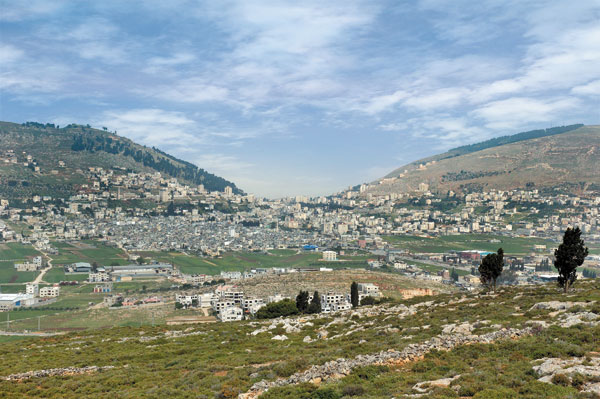Bells, Pendants, Snakes & Stones
A Samaritan temple to the Lord on Mt. Gerizim

According to the first-century Jewish historian Josephus, the Samaritan leader Sanballat promised to build a temple on Gerizim, the Samaritan’s holy mountain, in imitation of the Jerusalem temple. This, Josephus tells us, occurred at the time of Alexander the Great’s conquest of the Land of Israel (332 B.C.E.).
Did Josephus get it right? Was the Samaritan temple ever built? If so, could we find it? Can we confirm Josephus’s date? Did it really copy the plan of the Jerusalem temple?
The prospect of finding this Samaritan temple led to our excavation of the site, an excavation that I have now led for more than a quarter century. It is one of the largest, longest and most exciting excavations in the Land of Israel.1
The Samaritans broke off from mainstream Jewish tradition, becoming a Hebrew sect of their own, in about the fifth century B.C.E. To appreciate the centrality of Mt. Gerizim in Samaritan tradition, we need to look at the Samaritans’ Holy Scriptures and how they differ from the Jewish version. The Samaritan Bible consists only of the Pentateuch, the five books of Moses. Moreover, the Samaritan Pentateuch (or SP, as it is abbreviated in scholarly literature) differs from the standard Hebrew Pentateuch (or MT, for Masoretic Text) in several of important details.
Already a library member? Log in here.
Institution user? Log in with your IP address.

